Lake Titicaca and the reed island in Peru
Lake Titicaca lies high in the Andes between Peru and Bolivia. With its 8,372 km2 it is the largest lake in South America. And, with a surface elevation of 3,812 meters, it is the highest navigable one in the world.
Birthplace of human kind – according to the Incas
The ancient Incas believed that Lake Titicaca was the birthplace of human kind. In fact, according to them, the Creator God Viracocha summoned the sun and the moon to Isla del Sol. Then, the first human beings were created.
Puno
Puno is the largest town on Lake Titicaca on the Peruvian side. I did not find it particularly interesting but it offers a good starting point for some great excursions.
When to visit Lake Titicaca
By the way, the best time to travel to that region is from May to September. However, be prepared for it to be chilly due to the altitude. In this connection, some travellers might suffer a little altitude sickness.
Remedy for altitude sickness
However, if you are coming from Cuzco, you might have already tasted the Coca tea. If not, do try it as it does work. It is made of the leaves of the coca plant. Don’t worry. The difference between the drug and the coca tea is comparable to the difference between grapes and wine. The coca leaves need processing to turn into the drug.
Peruvian reed islands of Lake Titicaca
No trip to Lake Titicaca would be complete without a visit to the reed islands inhabited by the Uros. The islands are just a short boat trip of some 6 km from the port of Puno.
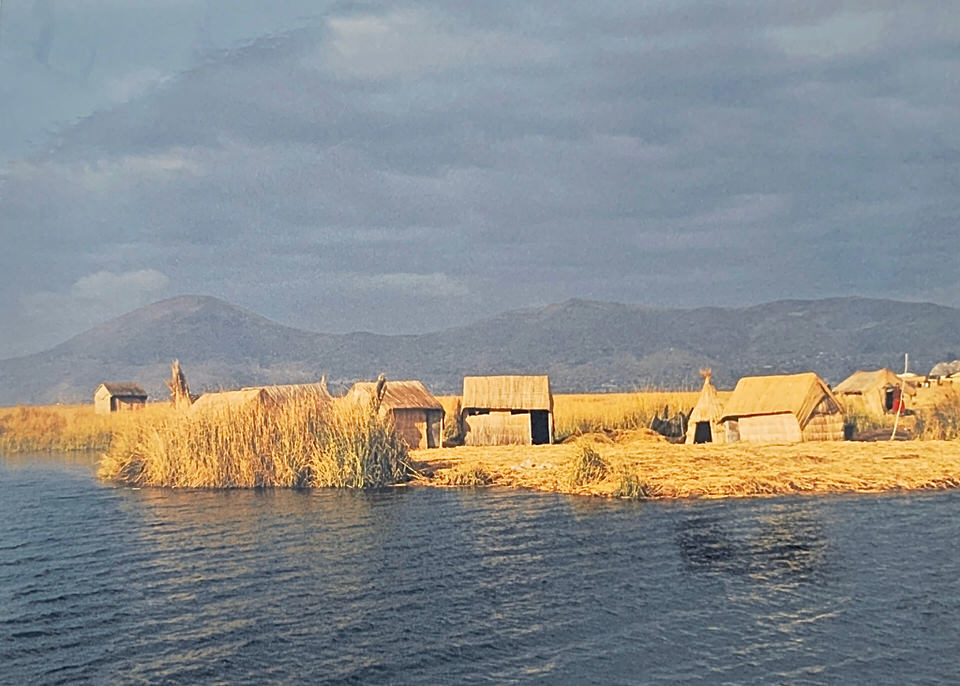
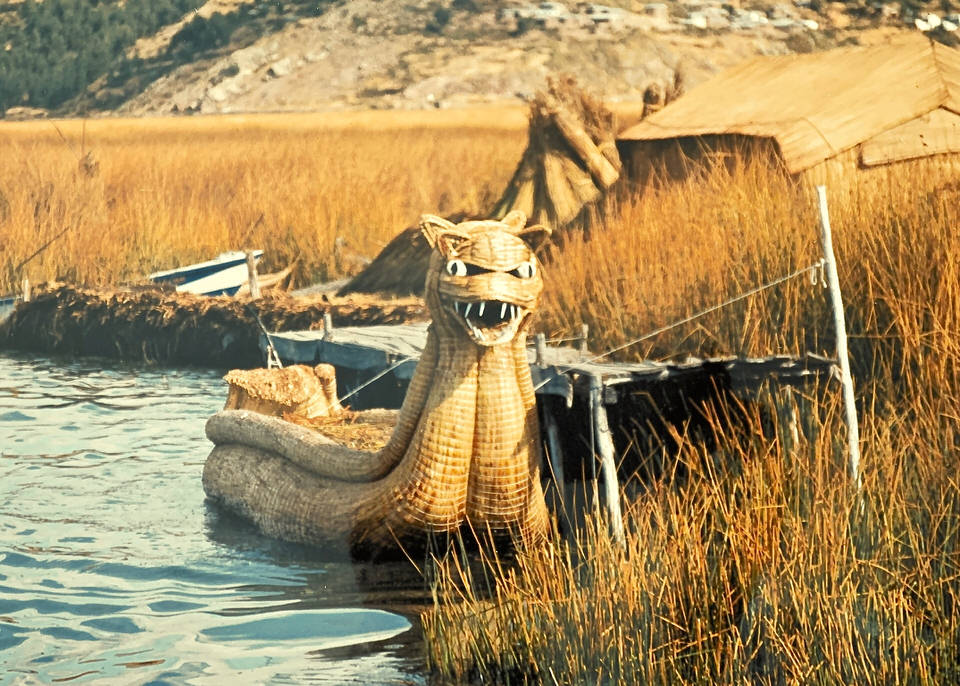
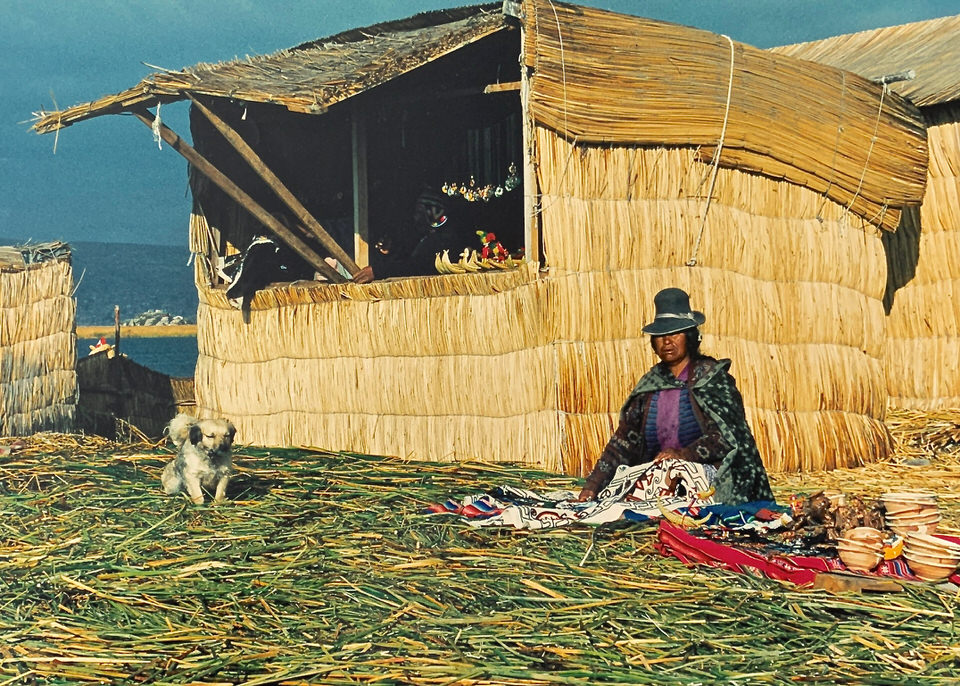
The Uros (or Uru) are the inhabitants of the reed islands
The Uros are the indigenous people of Peru and Bolivia. These “pre-Inkanians” live on some 120 man-made floating islands since centuries. It is said that they fled to Lake Titicaca when other tribes were at war with each other.
It is estimated that some 4000 Uros live on the reed islands. Around the Puno area they speak Quechua which is the ancient language already used by their ancestors thousands of years ago.
Livelihood of the Uros
The Uros exchange the totora reeds on the mainland with products such as Quinoa, kerosine and whatever else they need. They also make a little extra income by selling their handmade artworks to the tourists.


Another place to visit on Lake Titicaca is Taquile Island
Another thing to do is an excursion to Taquile Island. It is situated on the Peruvian side of Lake Titicaca approximately 45 km from Puno. Some 2300 people live on this 5.72 km2 big island at little less than 4000 metres of altitude.
Arco de Taquile
After disembarking, you will pass through this arch to get to the main square. It offers a great view on to Lake Titicaca.
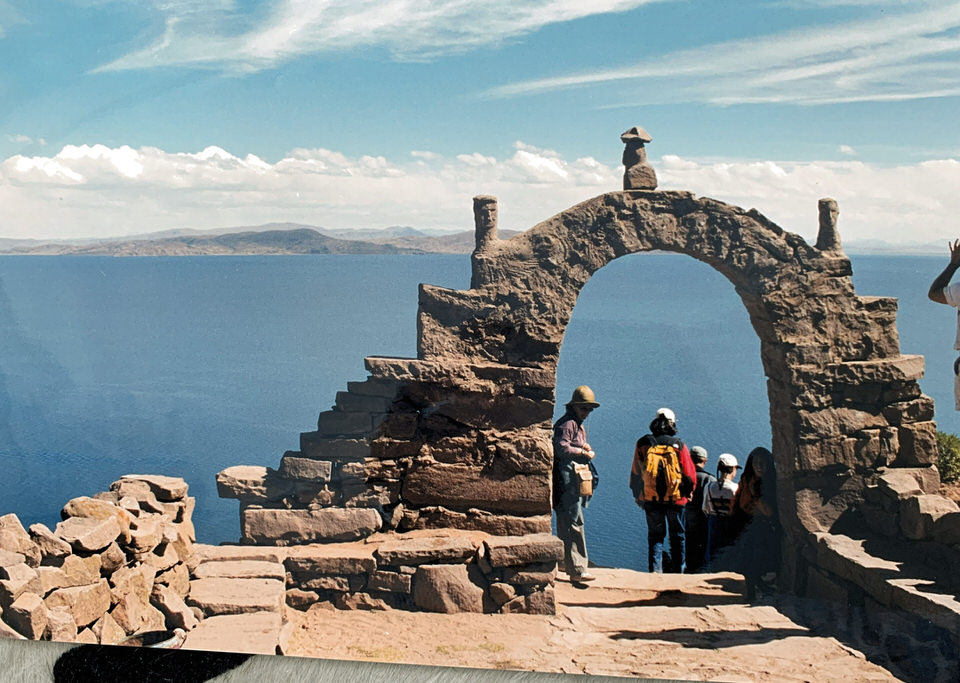
The Taquilenos
The inhabitants of the island are called Taquilenos. They are well known for the handwoven textiles regarded among the highest quality handicrafts of Peru.
Women spin
Women spin the wool and use vegetables and minerals to dye the cloth. Nowadays, it is also an income generation selling the items to the visiting tourists.

Wedding belt
I was given this amazing handwoven band from some local women. It is a finely woven belt that encourages males to marry the woman wearing it.

Males knit
Another handicraft popular on the island is knitting. Amazingly, it is exclusively performed by the males. They get introduced to it during early boyhood.
Other activities for the males include the obvious fishing, sheep herding and Quinoa farming.

Lake Titicaca has some problems
Unfortunately, this stunning lake has some problems including pollution, climate change and overfishing.
The use of industrial fertilisers by farmers has given rise to the growth of algae leading to poor oxygen levels in the water which is detrimental for the fish.

Disastrous introduction of trouts into Lake Titicaca
Another issue is that sometime in the 1930’s trouts were introduced into Lake Titicaca. They multiplied tremendously which led to the extinction of some endemic fish.
HOW TO GET TO LAKE TITICACA
By plane
There is a rather large airport in Juliaca some 50 km from Puno. Planes from Lima, Cuzco and Arequipa land here. Taxis or buses are then available to take you to Puno.
By the way, taking off with the plane here is a little unsettling. Due to the decreased oxygen level in the air at this altitude, it takes forever for the plane to lift off.
By bus
Another option is to travel by bus. From Cuzco it takes between 6:30 and 8:30 hours depending on the bus company. From Arequipa it takes around 6 hours.
By train
There is also a train departing from Cuzco. You will need some 11 hours available to cover the 384 km separating the two towns.
I had opted for the latter option. If you have the time, I would recommend this way of travelling as the train ride is quite an experience.
At this point, a little fun episode I want to share
The numerous soccer fans in my group where somewhat disappointed as it seemed impossible to watch an important game on TV while on the island.
Luckily, we had an expert among us to come up with a solution. All he needed was a conductor.
Knitting needles and a potato did it
So, he took two knitting needles, pushed them into a potato. He then set this pseudo antenna onto the tiny and ancient TV and … believe it or not …. it worked. Ok, the picture was not that clear but good enough to watch the game. Funny enough, even the “non-soccer fans” decided to watch the game.
A little Aymara girl

During my stay in Peru I ventured out and did the Inca Trail. Read Inca Trail Part 1 and Inca Trail Part 2. Then continue reading my post on the Inti Raymi – the Festival of the Sun.

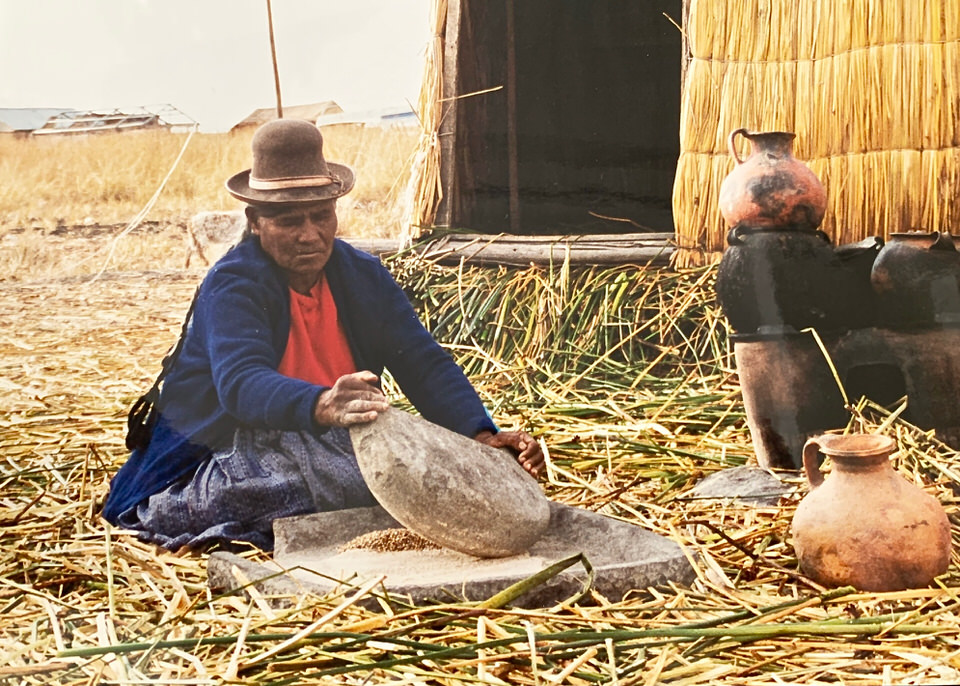
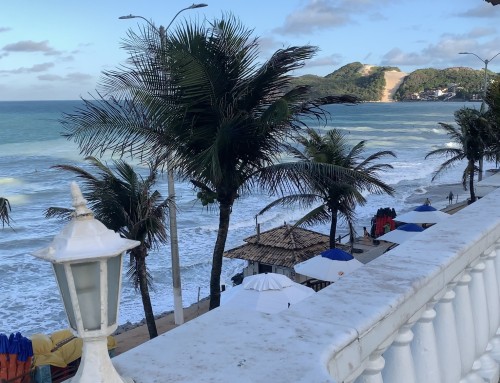
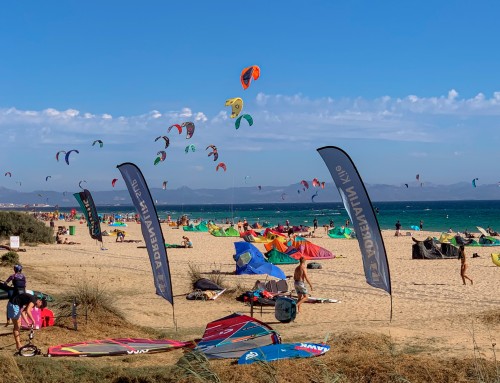

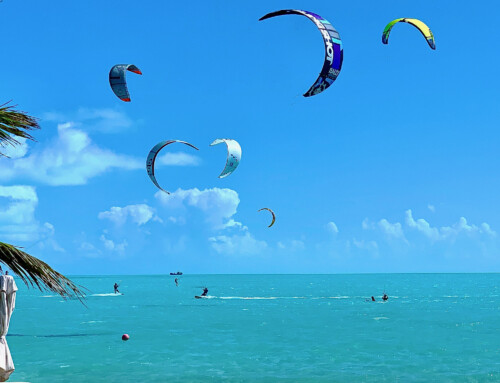
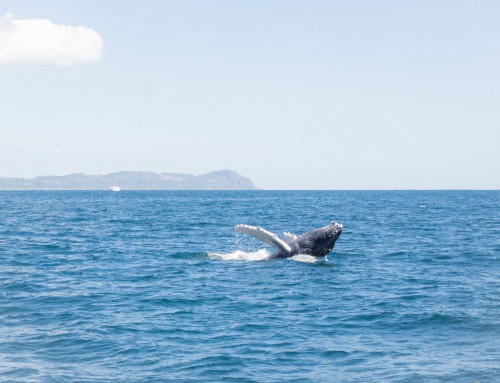
Leave A Comment
You must be logged in to post a comment.